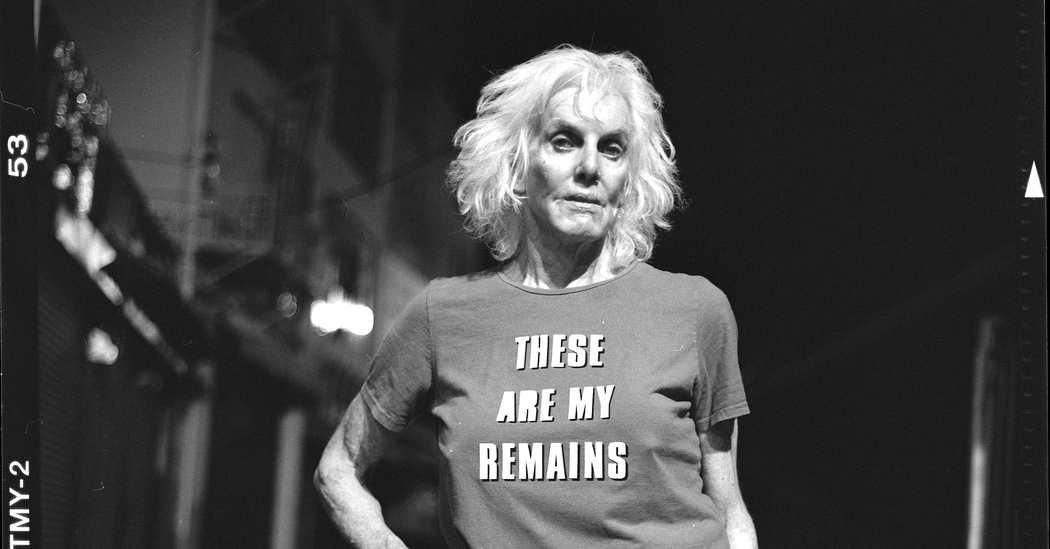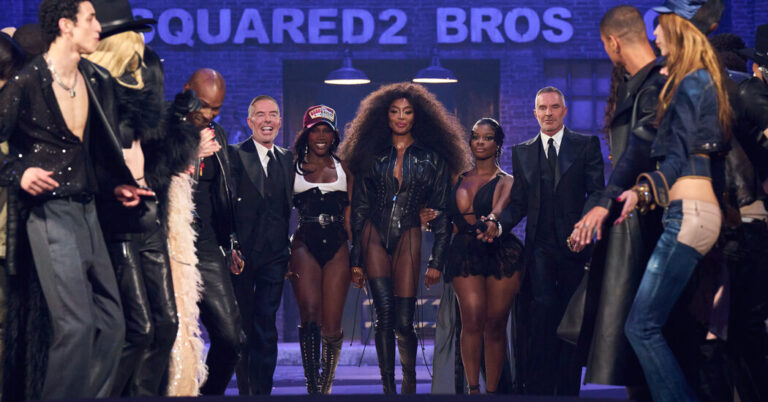Pippa Garner, a conceptual art provocateur whose radically modified consumer goods – like a midriff-baring men’s “Half Suit” and a ’59 Chevy with its chassis reversed – offered witty commentary on gender, body modification, American car culture, and the boundaries of fine art, died on Dec. 30 in Los Angeles. She was 82.
Her death, at a convalescent hospital, was confirmed by Christopher Schwartz of Stars Gallery in Los Angeles, which represented her. She had a number of health problems, most notably chronic lymphocytic leukemia, he said. She had gone through gender transitioning in the mid-1980s.
Though Ms. Garner’s drawings, sculptures, and inventions typically had a satirical bite, they were driven not by any political agenda so much as by her sheer curiosity about herself and the world she lived in. As a result, they were, typically, very entertaining.
Before 2015, when she began an explosive run of exhibitions accompanied by the publication of two monographs – “Act Like You Know Me” and “$ell Your $elf” – Ms. Garner was best known for “Philip Garner’s Better Living Catalog,” a compilation of her fantastical, flagrantly unnecessary gadgets and accessories. It was published in 1982, under her birth name, before she transitioned.
The volume showcased, among other things, lowrider roller skates, a birdbath Jacuzzi, a palm-frond umbrella, and a device for shooting garbage out your kitchen window.
She briefly trained as an industrial designer and served in the U.S. Army as a combat artist during the Vietnam War before becoming a prolific photographer and sketch artist.
For years, she made a living providing precise, whimsical drawings of inventions, like those in the “Better Living Catalog,” for magazines, including Rolling Stone, Esquire, and Playboy. She liked to point out that her work in those venues was seen by hundreds of thousands of people, rather than the few hundred who might visit an art gallery.
She also pursued ambitious, often automobile-focused art projects, many of which were lost or destroyed.
She was known for her “Shirtstorm” series, in which she worked with T-shirts, printing one-off slogans on them, or ironing them on; among them, “Iraqi Horror Picture Show,” “I’d rather Butter myself than Better myself,” “Nothing Exists That Wasn’t There in The First Place,” and “These Are My Remains.”
She began her gender transition in 1986 after doctors refused to prescribe hormones to her without a therapist’s note, leading her to take doses of estrogen obtained illicitly. In 1988, she sold a print by the artist Ed Ruscha, an acquaintance, to pay for breast implants. Later, she had a bra and panties tattooed on her body.
She spoke forthrightly, if not always consistently, about her transition, sometimes recalling her discomfort with every aspect of the identity she was born into, white and middle-class included. Most often, she described the process as just another creative experiment.
With a sex change, you’re making a visual statement,” she said. Her body, her life – it’s all source material,” she said. She lived it. It’s real.”
Her work began getting wider attention in 2015, when it appeared at the Spring/Break Art Show at Moynihan Station in New York. Solo exhibitions at Redling Gallery in Los Angeles followed, in 2017 and 2018. Her first institutional solo show in Europe, “Act Like You Know Me,” opened at the Kunstverein Munich in 2022 before traveling to Zurich; Metz, France; and New York. Her first American museum solo, “Pippa Garner: $ell Your $elf,” opened at Art Omi, in the Hudson Valley in upstate New York, in 2023.
Ms. Garner also participated in the Hammer Museum’s biennial in Los Angeles in 2023 and the Whitney Museum of American Art’s biennial in New York in 2024. A current show, “Misc. Pippa,” her second solo at Stars Gallery, opened in November.
She was diagnosed with chronic lymphocytic leukemia in about 2010. The condition was linked to exposure to Agent Orange, an herbicide used by the American military in Vietnam. Over the last decade or so, she also lost her sight to glaucoma.
Interviews, like everything, were creative opportunities for Ms. Garner, but her bons mots would have been far less striking without their ring of truth. Asked last year what advice she would give to a young artist who looked up to her, she replied, “I tried to set an example that nobody else can follow.”
Source link




